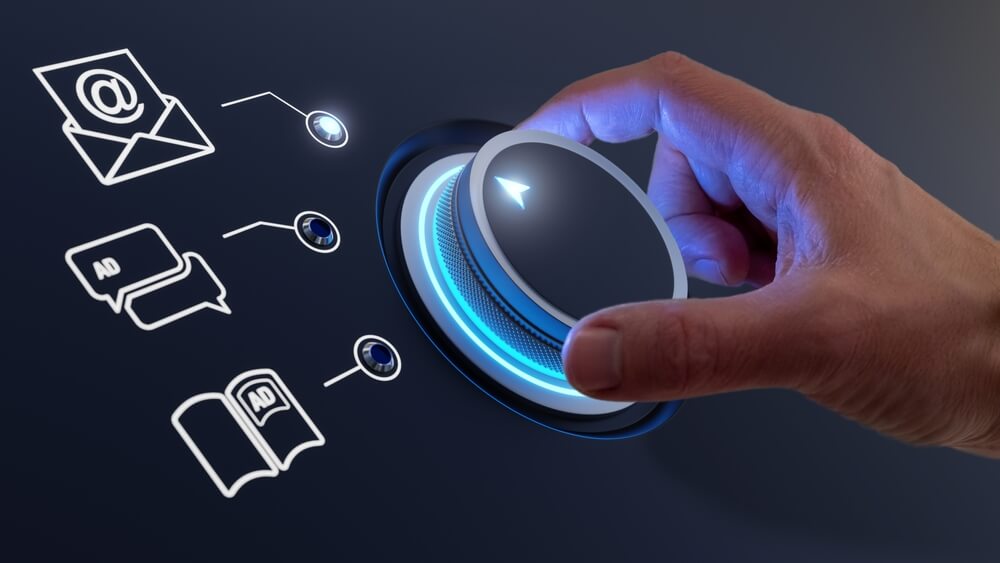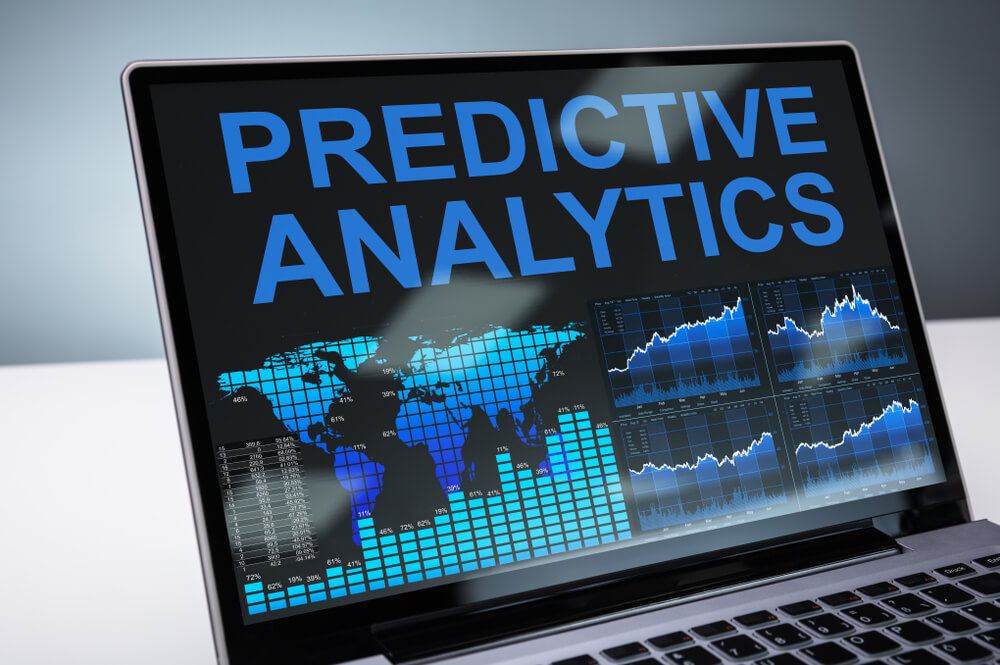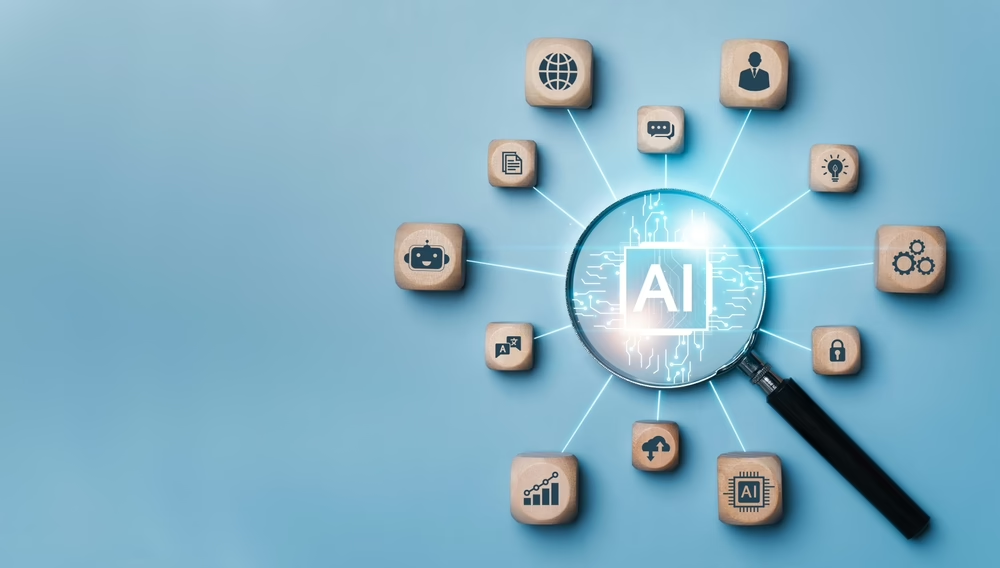
5 Advanced Tactics to Make B2B Email ROI Soar
How do you maximize the potential of your B2B email marketing in increasing engagement, leads, and conversion?
This article discusses five advanced tactics to improve your strategies and increase the return on investment (ROI):
 Predictive analytics involves using historical data to identify consumer behavior patterns, emerging trends, and potential revenue. This way, your brand remains competitive, aligned with business objectives, and adaptable to market changes.
Integrate predictive analytics in B2B email marketing with these strategies:
Predictive analytics involves using historical data to identify consumer behavior patterns, emerging trends, and potential revenue. This way, your brand remains competitive, aligned with business objectives, and adaptable to market changes.
Integrate predictive analytics in B2B email marketing with these strategies:
 AI-driven tools enhance B2B email campaigns by automating and personalizing various aspects of the process. These tools:
AI-driven tools enhance B2B email campaigns by automating and personalizing various aspects of the process. These tools:
- Leveraging advanced segmentation techniques
- Integrating predictive analytics
- Optimizing for mobile-first experiences
- Using artificial intelligence (AI) for personalization
- Setting up email triggers
Tired of investing in Search Engine Optimization without getting any results? See how Digital Authority Partners turns that around!
1. Leverage Advanced Segmentation Techniques
B2B segmentation is a strategic email marketing approach that divides your mailing list into focused groups based on specific criteria. This process improves hyper-personalization, where you deliver more relevant, valuable content that increases engagement and return on investment (ROI). Here are pointers to follow when implementing this tactic in your campaigns:- Identify the key factors differentiating your B2B audience. Examples include industry, company size, geographic location, or past interactions with your content.
- Categorize subscribers into segments and apply data-driven marketing. This involves gathering information during sign-up, tracking user behavior, and analyzing metrics to measure marketing performance.
- Leverage customer relationship management (CRM) and marketing automation software to organize and manage your segmented lists efficiently.
- Create separate email lists for each group for more precise targeting and data analysis. Most email marketing platforms allow you to efficiently manage these lists.
- Develop content based on the preferences of each segment. For example, offer industry-specific insights to C-suite executives and personalized product recommendations to mid-level managers working with the team of users.
2. Integrate Predictive Analytics
 Predictive analytics involves using historical data to identify consumer behavior patterns, emerging trends, and potential revenue. This way, your brand remains competitive, aligned with business objectives, and adaptable to market changes.
Integrate predictive analytics in B2B email marketing with these strategies:
Predictive analytics involves using historical data to identify consumer behavior patterns, emerging trends, and potential revenue. This way, your brand remains competitive, aligned with business objectives, and adaptable to market changes.
Integrate predictive analytics in B2B email marketing with these strategies:
- Outline your goals for using predictive analytics and use them to create a guide for implementation.
- Gather and integrate relevant data from different sources. This includes information about your audience’s behavior and preferences.
- Select a predictive analytics tool that works seamlessly with email marketing platforms. Choose those with lead scoring, behavior prediction, and customer segmentation features.
- Use predictive analytics to analyze the behavior of your B2B audience. The information helps you tailor email content and timing.
- Develop lead-scoring models using predictive analytics to identify and prioritize leads based on their chances for conversion.
- Leverage predictive analytics to personalize emails. The platform dynamically matches the content according to the subscriber’s preferences or needs.
- Continuously test the effectiveness of your predictive models and refine them based on your analysis and the campaign’s performance.
- Iterate on your predictive models and scale your efforts. Explore new ways to integrate predictive analytics into other aspects of your marketing strategies.
3. Optimize for Mobile-First Experiences
Optimizing B2B email campaigns for mobile is vital in the modern digital landscape. Users and enterprises rely on mobile devices to read content, build relationships, and complete their buying journey. Follow these tips to create mobile-optimized emails for your B2B marketing efforts:- Prioritize information and put the most important content at the top. Break it into short paragraphs and use bullet points to make scanning easy.
- Compress and resize images to speed up loading times. Use alternative text for photos for better user experience and image search optimization.
- Choose a legible font or typography for readability and consistency across different devices.
- Design a responsive email layout using HTML or CSS.
- Make your CTAs prominent, specific, and persuasive. For instance, choose “Download the guide” over “Click here.” Use contrasting colors and easy-to-tap large buttons for visibility.
- Test your emails on various mobile devices for consistency in the user experience.
4. Use Artificial Intelligence (AI) for Personalization
 AI-driven tools enhance B2B email campaigns by automating and personalizing various aspects of the process. These tools:
AI-driven tools enhance B2B email campaigns by automating and personalizing various aspects of the process. These tools:
- Analyze vast amounts of data to create detailed customer profiles
- Hyper-personalize emails through dynamic content generation
- Segment audiences and modernize strategies to further increase engagement
- Optimize email campaigns through automated A/B testing
- Track essential metrics such as open rates, click-through rates, and time spent on emails to understand the audience and refine future campaigns
- Use natural language processing in crafting compelling, relevant emails
- Study historical data to determine the optimal email times for maximum open and engagement rates
- Help emails avoid spam filters by optimizing content and structure
5. Set Up Email Triggers
Email triggers are automated types of content the system sends when leads perform a predefined action or event. For example, send new subscribers a welcome email when they provide their name and email address. Billing emails can remind B2B customers when the invoice is available or coming due. Email triggers enhance B2B campaigns by delivering timely, relevant content. They also keep the brand on top of mind and minimize mistakes during follow-ups. The following tips help you set up these triggers properly:- Outline your objectives for email triggers. Examples are lead nurturing, customer retention, and re-engagement.
- Determine the events or actions that trigger an email sequence. These include website interactions, form submissions, purchase behavior, and more.
- Develop content tailored to each trigger, such as product recommendations based on previous purchases.
- Choose a reliable marketing automation platform that supports many types of email triggers and sequences.
- Automate workflows or sequences for each trigger and align them with the different sales funnel stages.
Summing Up
Email marketing remains one of the most practical, cost-effective strategies to acquire, nurture, and convert B2B leads. However, you can elevate your tactics to maximize returns with these five advanced tactics. Do you need more customized B2B email marketing solutions? Contact Digital Authority Partners (DAP) today to schedule a free consultation and restrategize your approach.Want To Meet Our Expert Team?
Book a meeting directly here



